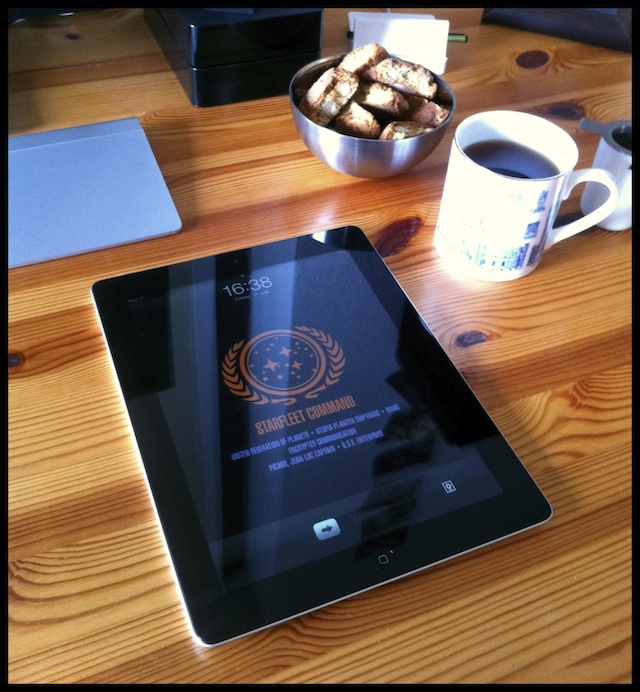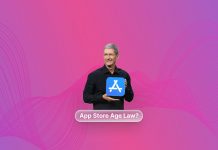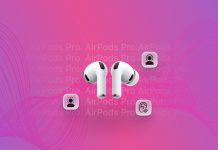
Last week, my Editor-in-Chief Joshua Schnell wrote an article about the hubbub made regarding Apple’s decision to name the new iPad, just iPad, not attaching a number to it.
He correctly observed that consumers don’t care what the iPad is called, as long as it does what it is supposed to do and as long as each iteration is noticeably better than the last:
The only people who need to classify these things are tech journalists and salesmen. To everyone else, this new iPad is just an iPad; all the other stuff is extraneous at this point. Apple’s about separating the wheat from the chaff, and the 3 was all chaff.
Just before the keynote, John C. Welch put up an article nicely summarising what’s important for Apple in a product, writing:
… that is what Apple is after. That is what every company should be after. Not specs, not bullshit tricks and “features”, but creating things that people use to make their life better. The iPad isn’t the only device that could do this, not technically. But only Apple gives a fuck enough to build out the entire system so that people, normal, average, everyday people can pick the damned thing up and use it in a way that makes their lives a little better and a little brighter.
The name doesn’t matter. What matters is the seamless and as-perfect-as-possible user experience. Apple does this through making the cutting-edge technology invisible and having a platform that provides choice and seamless integration.
I wholeheartedly agree with what both have said, but nonetheless this whole situation got me thinking. I followed the keynote through several live blogs and watched it once the stream became available and I couldn’t shake the feeling that there was more to this name simplification. As Joshua and many others have pointed out correctly, Apple doesn’t use numbers to differentiate each new generation of MacBook Pro or Macbook Air or even iPod touch from one another. Only iPhones and the second iPad were privy to a number after the name.
I have a feeling that Apple has named the new iPad the way it did because they finally made the iPad they wanted to build when they first introduced the device. What I mean by this is that the latest iPad, with its living-room-console graphics capabilities, the long battery life, the incredible degree of connectivity and most importantly the Retina display, is what Apple would’ve built two years ago, had it had the technology.
If you’re cynical, you could say this implies that the first two generations of the iPad were public beta tests, leading up to what Apple considers to be the iPad, but that would disregards Apple’s modus operandi. They iterate and with each iteration their products become distinctly better. You’d also ignore that there’s still no real tablet market; there’s still an iPad market and Apple keeps upping the game. Many tablet makers are still trying to catch up with the first generation of the device, creating gimmicky devices with ever growing feature lists in an effort to differentiate themselves from their almost identical competitors, none of which is Apple with its iPad.
Tim Cook said it in during the keynote — and it showed heavily in Apple’s quarterly results — post-PC devices are of great importance to Apple, both financially and culturally. Post-PC devices are no longer less powerful or less useful than PCs. They will neither replace PCs in the years to come, nor need they. iPads are great for tasks for which a Mac would only give you a less than perfect experience, thus making said tasks — consumptive or creative — easier and more pleasant.
Apple doesn’t regard iPads as companions to regular PCs any longer and the new naming convention mirrors this conviction: The iPad has grown up. They don’t need the markings on the door frame anymore.






